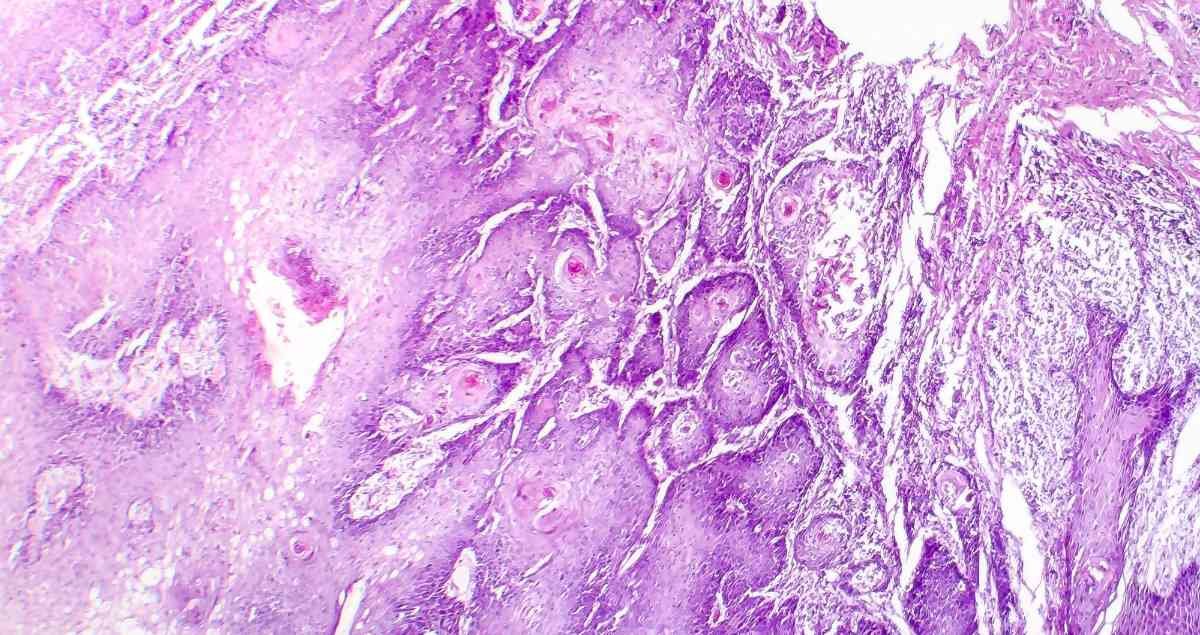TNBC patient population is one of the formidable challenges in oncology domain- they have the diagnosis and treatment barriers which are best being addressed by well-developed treatment algorithm. While this is the breast cancer variant that is devoid of estrogen and progesterone receptors as well as HER2 protein and consists of a massive section of cases globally, it has no much clinical information when compared to the other forms of breast cancer. Due to its aggressive nature lacking hormonal therapies which are the mainstay of treatment in other cancers, TNBC is at forefront of clinical research in the US, especially because Triple-negative breast cancer has deficits in hormonal receptors which are the mainstay of treatment in other cancers. This blog sets out to peel away the grim details of TNBC revealing its symptoms, the horde of treatments it has in store and make intelligent decisions about Trodelvy, a drug for bladder cancer which has being proven to be effective in the treatment of similar aggressive cancers.
Understanding TNBC
TNBC is one of a kind disease in the spectrum of breast cancer recent findings. It’s defined by what it lacks: the three well known receptors widely associated with the growth of breast cancer and These receptors are estrogen, progesterone, and the popular HER2 protein. The inhabitants of that makes TNBC not receptive to hormonal therapy and medicines agonustic to HER2 protein receptor which increases the complexity in the process and approach of their treatments.
Symptoms and Diagnosis

The Symptoms of TNBC are similar to those of other breast cancers which most often involve the development of a lump or mass which can be felt in the breast or sometimes a change in the shape or size of the breast and could also have effects like dimpling of the skin or discharge from the nipple. On the flip side, TNBC is more broad, an aggressive, and grows quicker than the other sub-types. Early mammograms detections and biopsy for diagnosis improvement will fabricate gross treatment effectiveness.
TNBC Treatment Landscape
Standard Treatments
The multi-phase American therapy for TNBC is based on surgery, radiation therapy, and chemotherapy. As a rule, TNBC is highly aggressive form of cancer, and chemotherapy often become the key factor regardless whether it is performed prior to immediate surgery (neoadjuvant chemotherapy) to reduce the tumor size or after surgery (adjuvant chemotherapy) in order to annihilate any remaining cancer cells.
Innovations and Advances
The medical intake of TNBC has experienced significant progression in the last couple of years with the developing of targeted medicines and immunotherapies causing bright and prospective seeing in the crystal ball. On the other hand, we can talk about drugs like Trodelvy, first approved for urothelial cancer, as a starting point for doing research related to similar methods in TNBC. These treatments involve zeroing in on particular features of cancer cells or the body’s immune response to cancer is the reason behind the development of the more precisely targeted regimen being currently pursued as compared to the traditional chemotherapy.
Regional Focus: TNBC Treatment in Florida and Texas
Both Florida and Texas are lighthouses of modern treatment and research centers related to TNBC located in the US. They are precisely places where the leading cancer centers, either conduct cutting-edge treatment or host clinical trials. These states provide patients with different potentials for therapy, including both conventional strategies and experimental therapies still under study, depending on the individual condition in each patient.
The Role of Clinical Trials
Trial by clinical trials is the principal vein through which new drugs, combination therapies, and innovations in treatment are evaluated, in order to defeat this very formidable malignancy. Along with the opportunity to participate in groundbreaking research experiments, clinical trials do not only offer patients access to state-of-the art therapies, but also significantly contribute to the general public’s understanding of the new insights in TNBC leading to advance breakthroughs.
Looking Ahead: The Future of TNBC Treatment
Tandemly, the horizon of TNBC treatment is very bright, as there are several research projects working on this particular cancer and thinking of therapeutic targets for it. The progress in personalized medicine, driven by molecular tumor profiling, makes possible identification of the specific cancer traits of each patient through genetic profiling and then delivery of treatments customized to individual conditions, eliminating adverse effects and bettering outcomes.
On the whole, TNBC presents exceptionally demanding case for doctors to treat yet the pace of improvement of the therapies responding to the scientific innovation as well as the continuously high end knowledge concerning the cancer biology is impressively rapid. To use well-established clinical approaches and novel but effective urothelial cancer strategies against TNBC is to advance the fight against the disease on various fronts. Amidst persistence in researches, clinical trials and a commitment to personalized medicare, a sprout of effectiveness and tailored treatments is dashing among the TNBC patients in the US and beyond, specifically in Florida and Texas treatment hubs.










